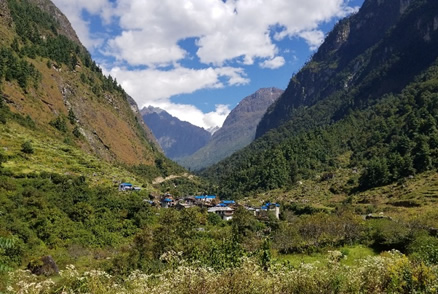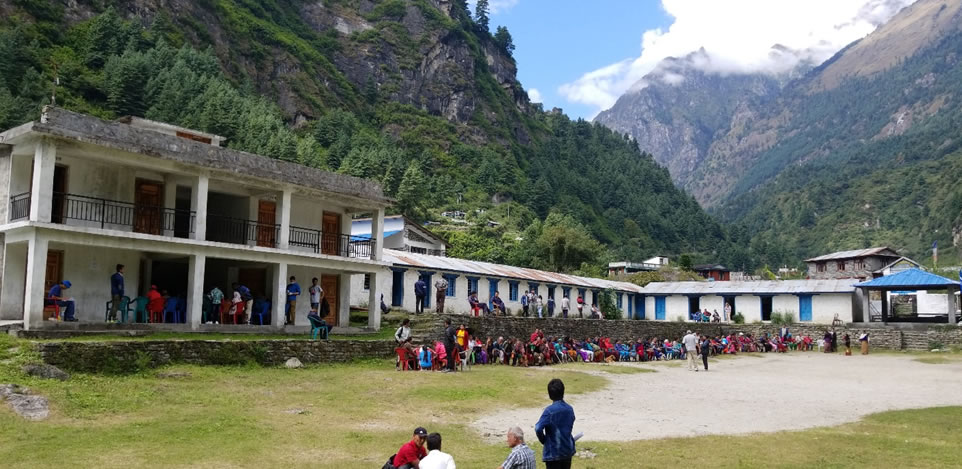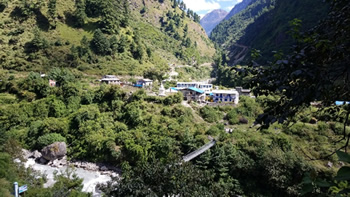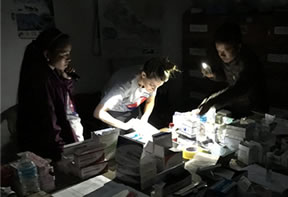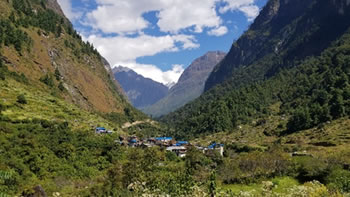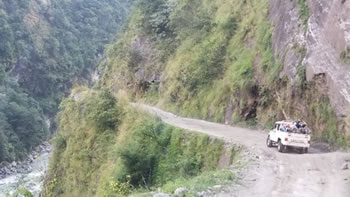Insights
Our BlogOctober 1, 2020
Alinea’s Jamila Seibel Reflects on Fulfilling Medical Mission Trip to Nepal
In 2017 I was invited to participate in a trip of a lifetime: a medical mission to Dharapani, a rural village located in the Manang Valley of Nepal. Filled with eagerness, excitement, and a healthy bit of anxiety, I flew ten thousand miles across the globe to Nepal’s capital city of Kathmandu, joining a group of 11 American volunteers and 15 Nepali volunteers to begin our journey. Although breathtakingly beautiful, the Manang Valley, which lies close to the Nepal-Tibet border in the foothills of the Himalayan Mountains, is one of the most remote and inaccessible valleys in Nepal. After meeting with local supply vendors to count, pack and organize pharmaceutical and medical supplies, our trek from Kathmandu to Dharapani consisted of a ten-hour bus ride, followed by five hours in jeeps, as we began the Manang Road portion of the trip, a mountain roadway, considered far too dangerous to pass by bus. Healthcare in the Manang Valley is limited for this reason. Most Nepali families who live in the mountain region do not have vehicles for transportation and a journey on foot to the closest city can take anywhere from 3-6 days, depending on the region.
For more information, please visit:
The Himalayan Family Healthcare Project: http://himalayanfamilyhealthcare.org/home.html

